Ghostly mummies, no matter how creepy or scary, almost all have the same mummification formula, which is to remove all internal organs, keep only the body and then soak it in a solution containing sodium. decahydrate carbonate, wrapped with resin and bandage cloth.
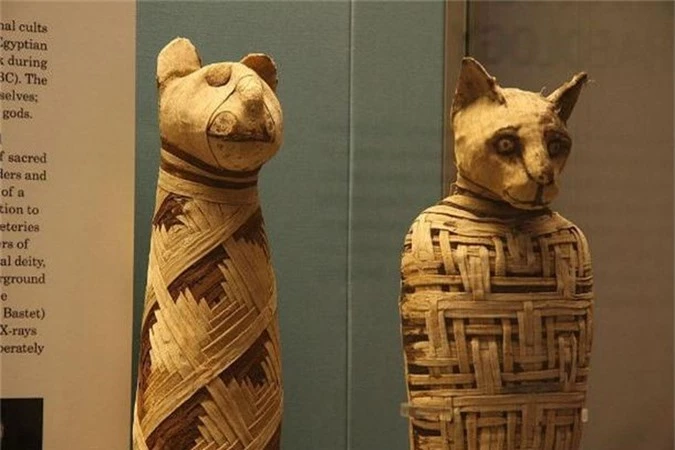
Not only did archaeologists discover terrifying human mummies, but they also found a number of animal mummies including dogs, cats, baboons, horses, birds, gerbils, fish, snakes, and crocodiles. , hippos, and even a lion.
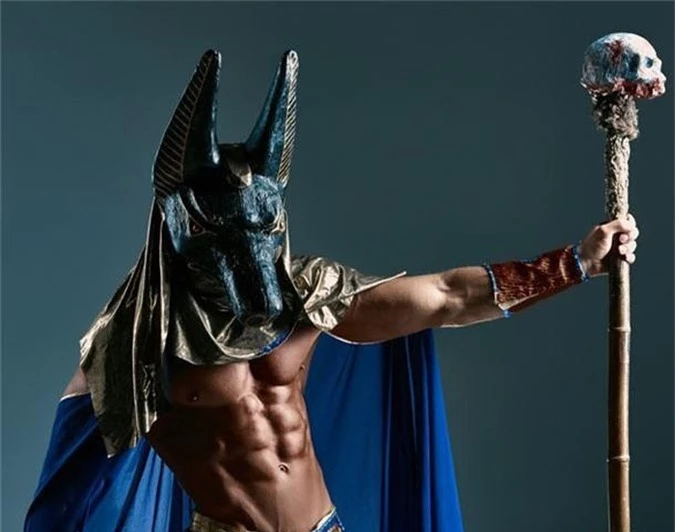
Many people wonder why the Egyptians mummified jackals. The answer is jackal mummies to honor the god of mummification Anubis, an Egyptian god with a strange shape, a human body but the head of a jackal.
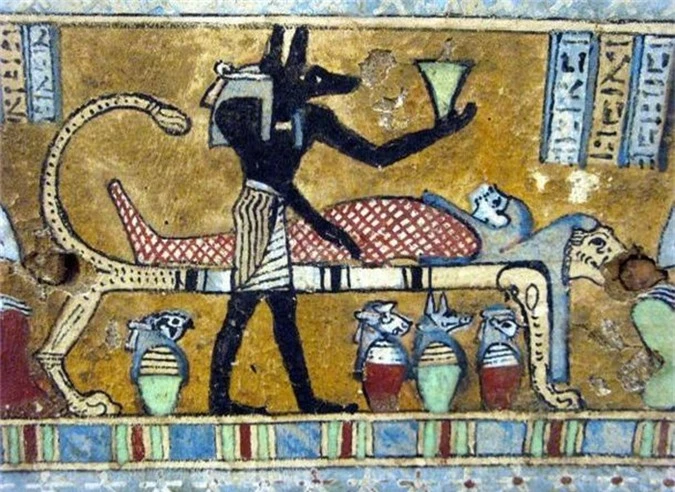
The ancient Egyptians began mummifying around 3400 BC, but it took them nearly 800 years to figure out that if they removed all the internal organs, the mummies would not rot. Over time, embalming has become a very complicated and lengthy process, which can even last up to 70 days.
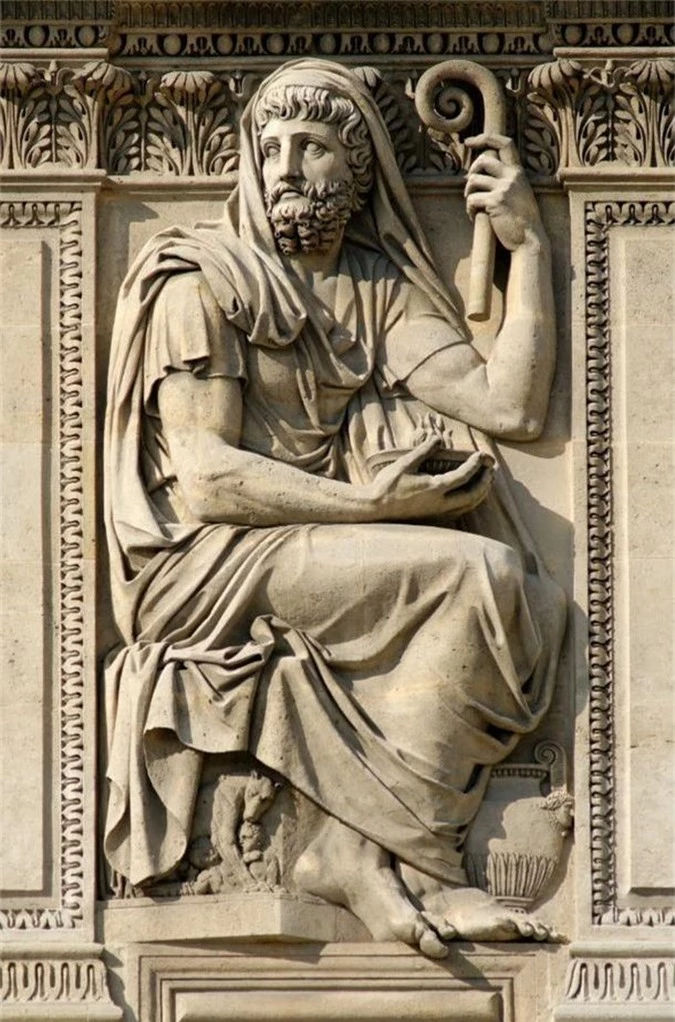
The first person to write in great detail about the mummification process was the Greek historian Herodotus, after he visited Egypt around 450 BC.
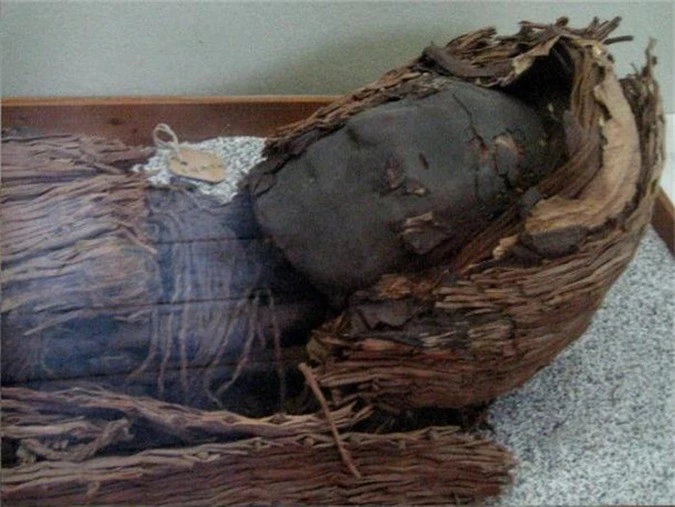
Although when talking about mummies, people will immediately think of Egyptian mummies, but a South American tribe called the Chinchorro were the first people in the world to embalm. According to recent archaeological evidence, the oldest Chinchorro mummies date to about 7000 BC, twice the age of the first Egyptian mummies.
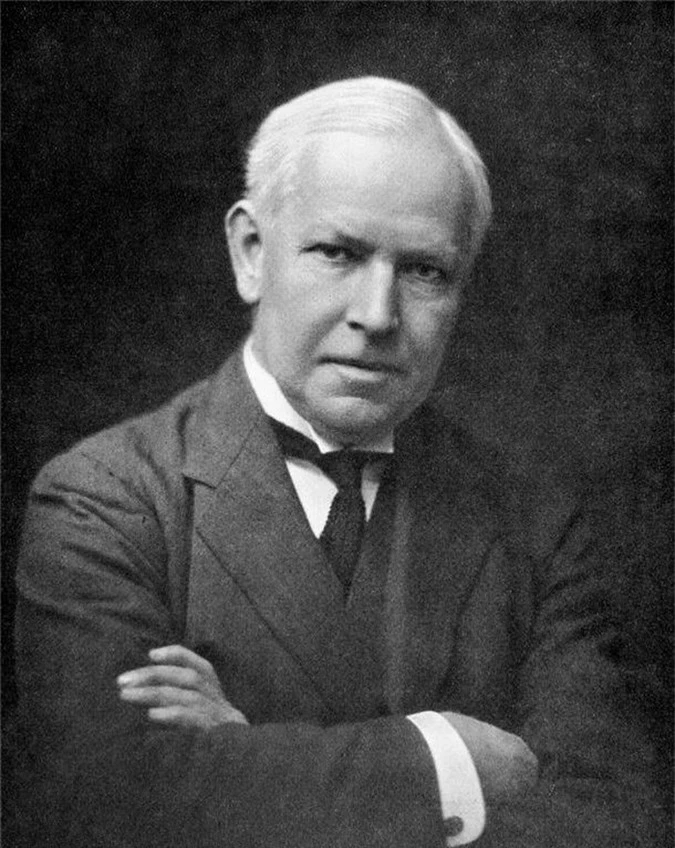
The first Egyptian mummy to be X-rayed was pharaoh Thutmose IV, the eighth pharaoh of the 18th Dynasty of Egypt. The time of the X-ray examination was in 1903.
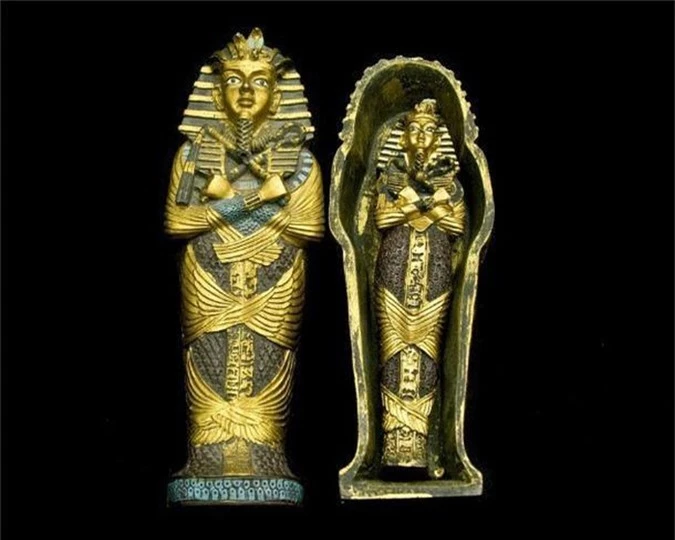
Not all mummies were bandaged in the same place. For example, when royal men die, their arms will be folded across their chest, unlike commoners, whose arms will be folded next to the body, hanging down.
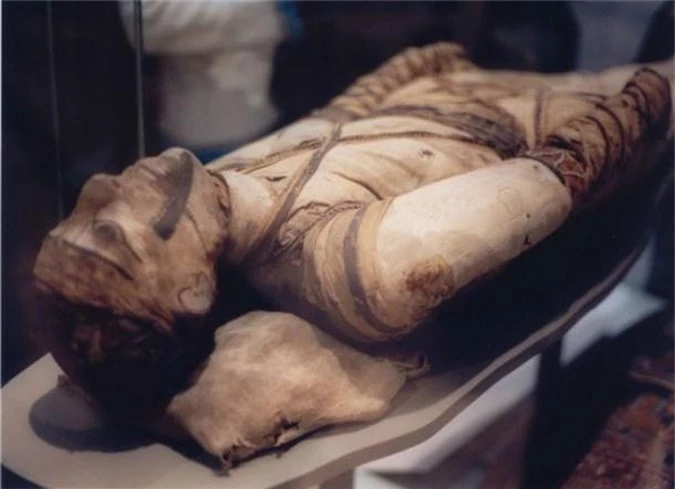
According to Egyptian mythology, Osiris was the first mummified god in history, but of course, his remains were never found.
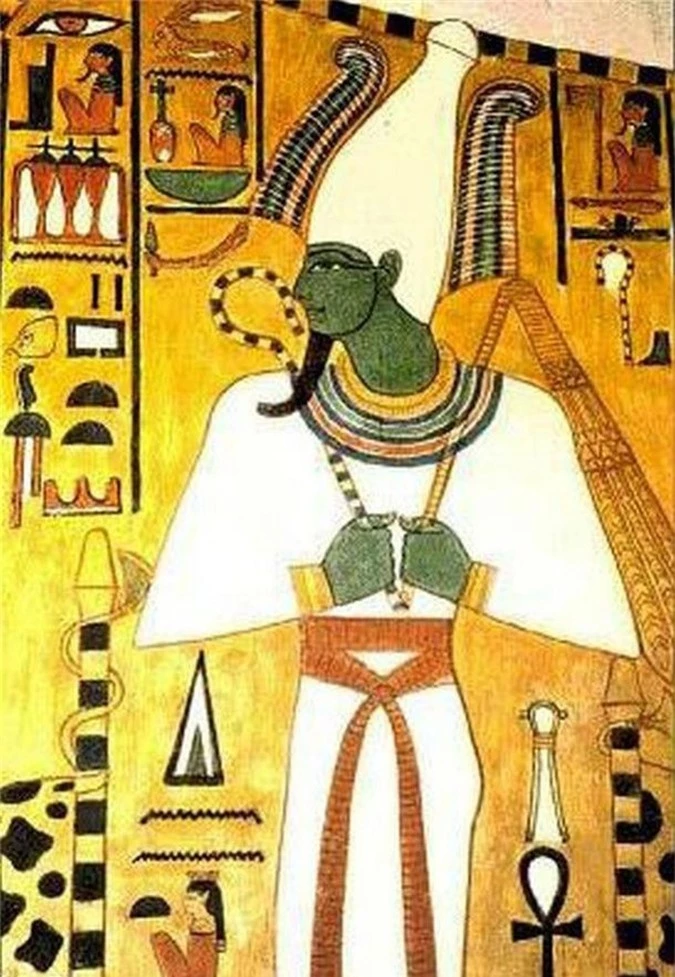
The reason all Egyptian mummies were wrapped in linen and covered with a special cloth with a drawing of the god Osiris is because the Egyptians believed that, with this symbol, the Egyptian god of The afterlife will become friendly to the dead.
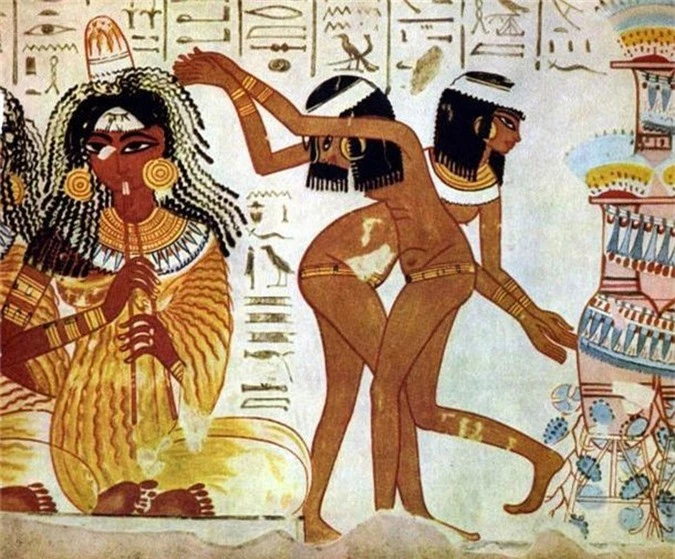
Many people think that only pharaohs were embalmed, but in reality anyone could be embalmed, as long as they had the means.
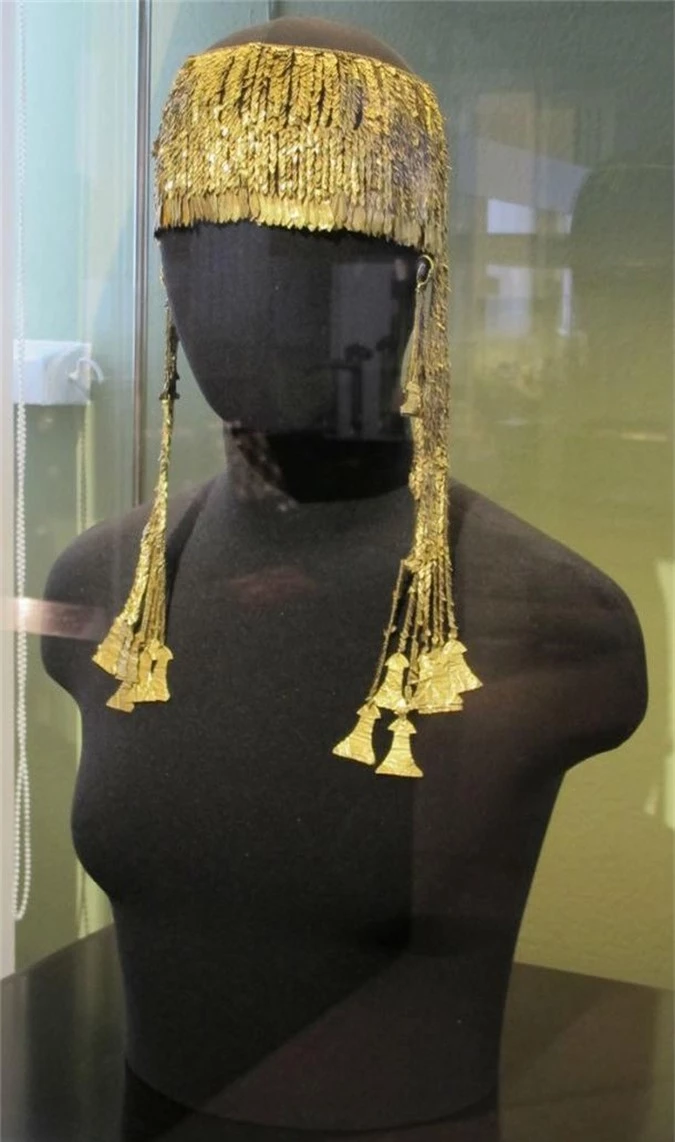
Ancient Egyptians believed that anything buried in the tomb with the mummy would help the deceased live happily and successfully in the afterlife. Therefore, they bury with their dead many works of art, antiques, treasures, and jewelry.